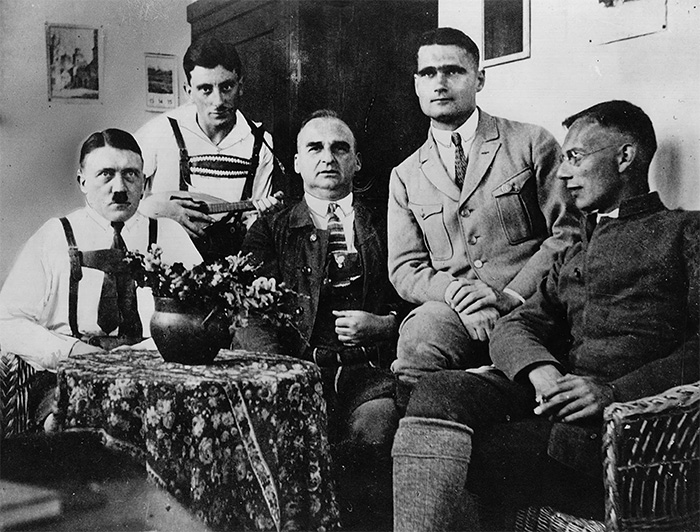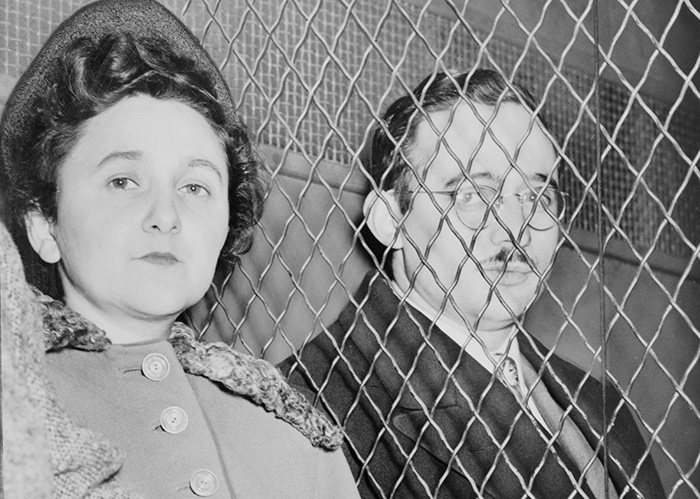
Galileo is accused of heresy
In the early 17th century, the conflict between Galileo Galilei and the Catholic Church epitomized the tension between science and religious doctrine. Galileo, an Italian astronomer, engineer, and philosopher, was at the forefront of the Scientific Revolution.
His support for Copernicanism, the astronomical model developed by Nicolaus Copernicus, which posited that the Earth and other planets orbit the Sun, directly challenged the geocentric views long held by church doctrine, according to which everything in the universe orbited Earth.

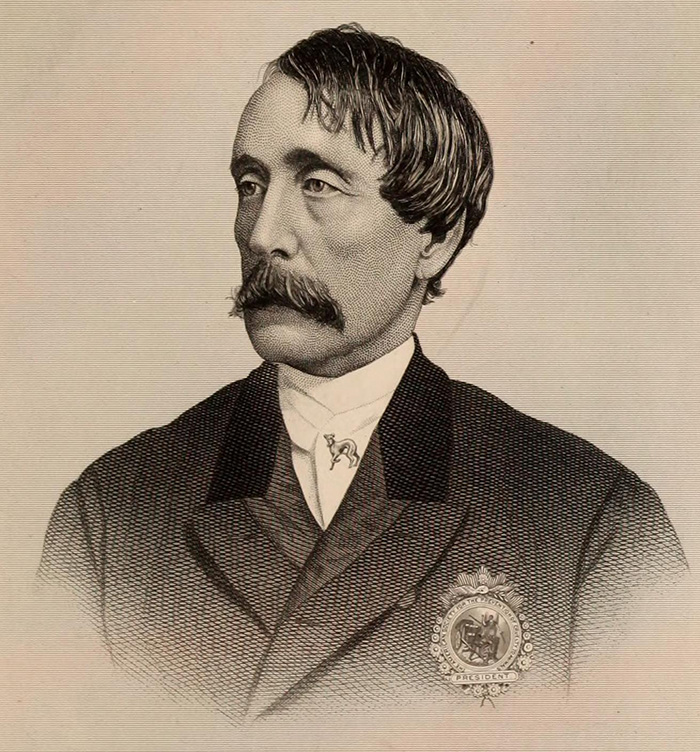
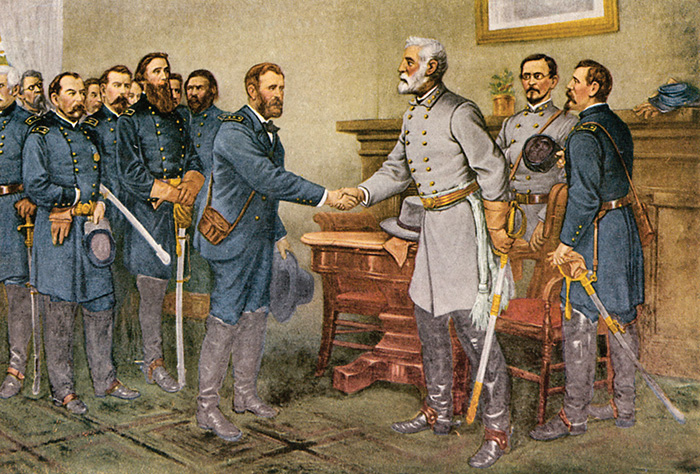
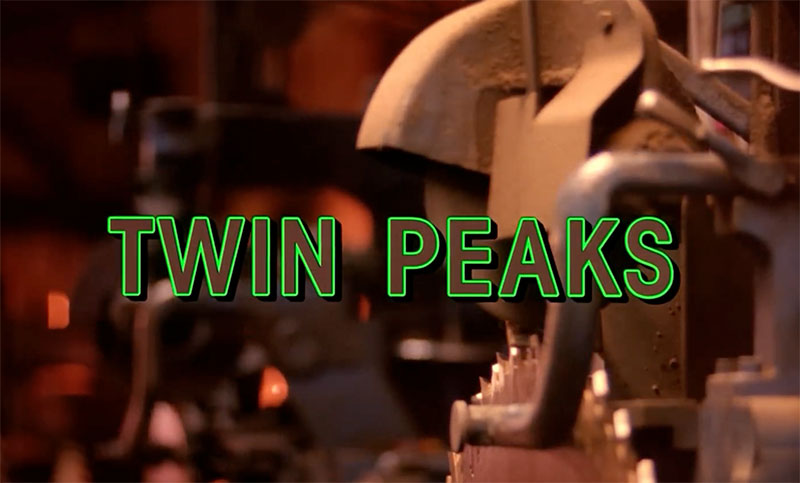
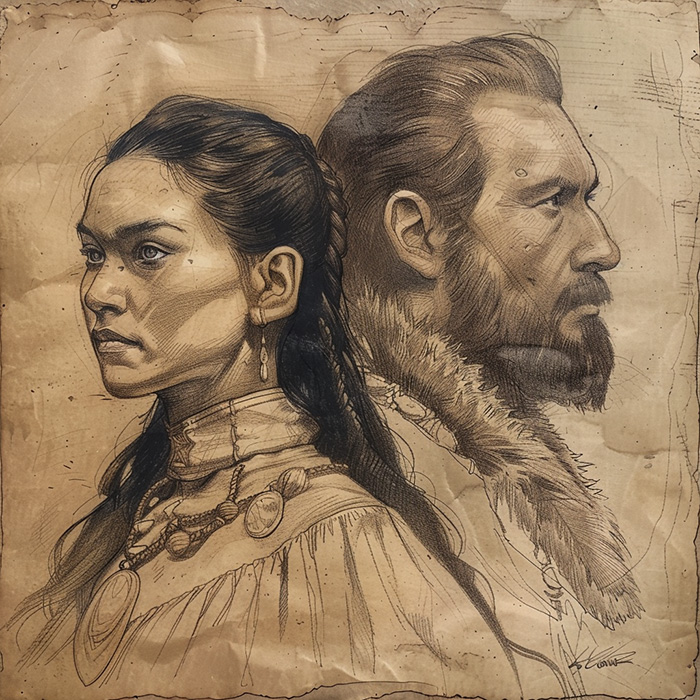
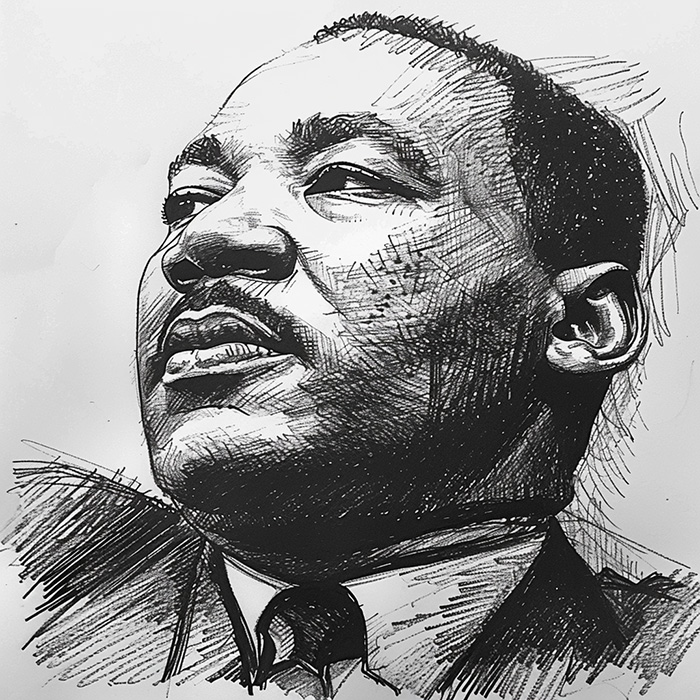
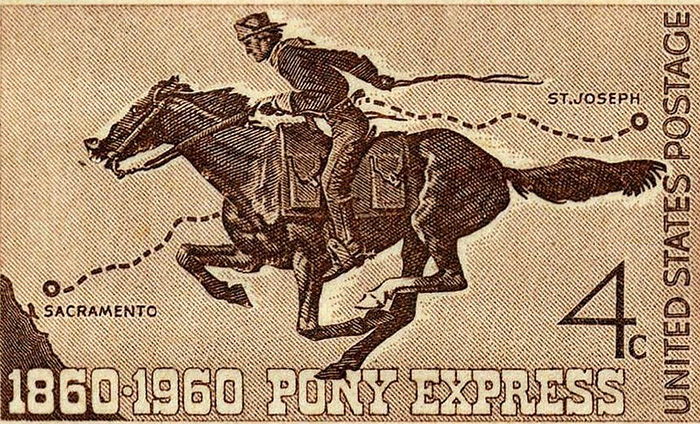
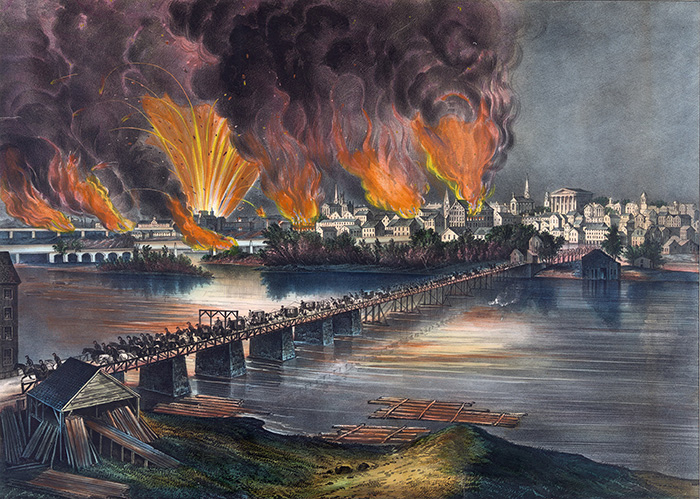 ”
”